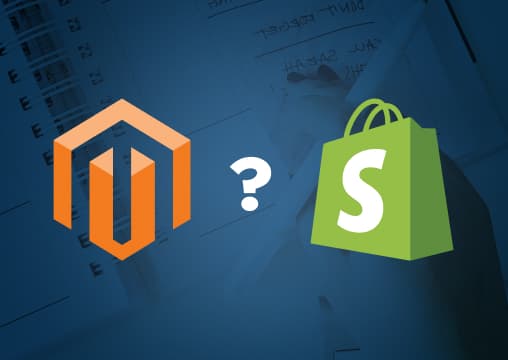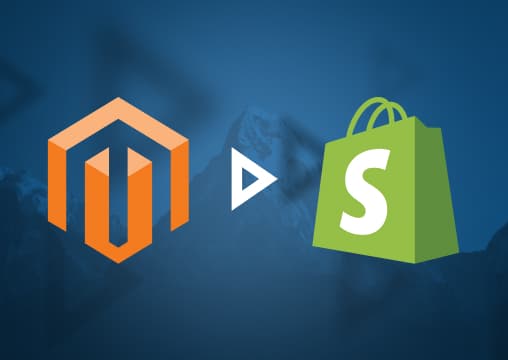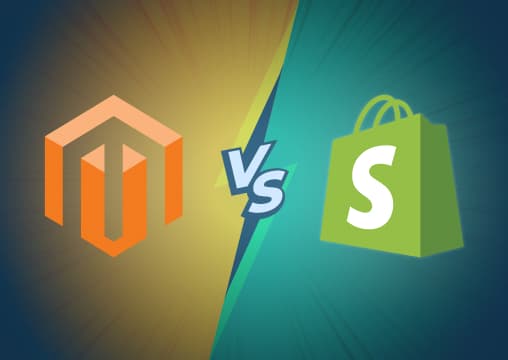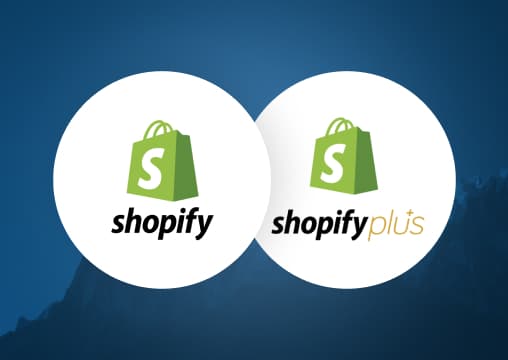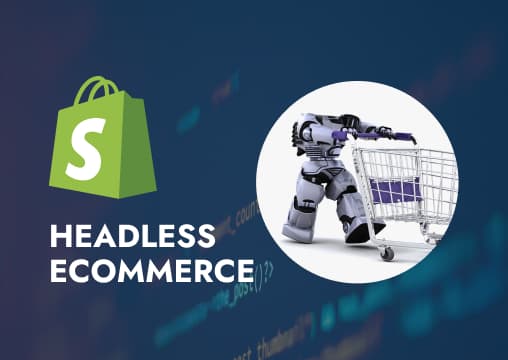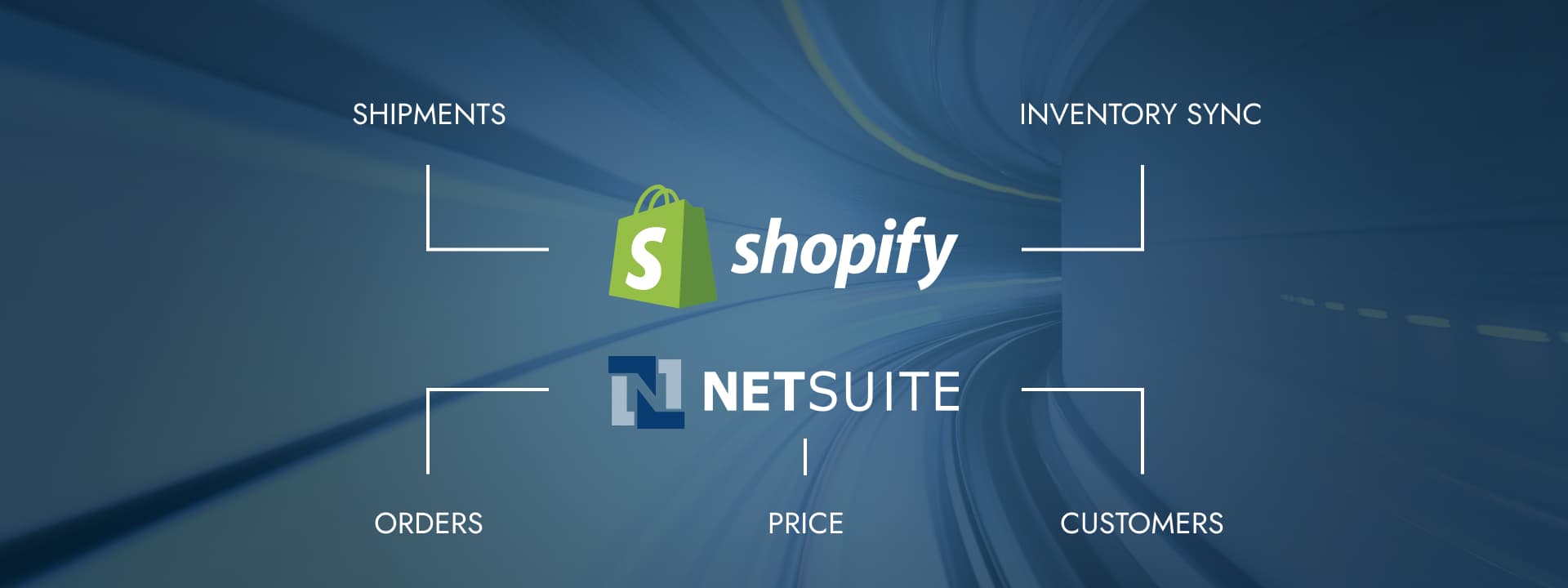
Shopify to NetSuite Integration: Advantages, Approaches, SME Input, and How To Do It Right
In this comprehensive article, you’ll find:
- The importance of Shopify to NetSuite integration
- The benefits you’ll get from this integration
- How to conduct a Shopify integration with NetSuite
- SME Input: Which approach we recommend you take
For any business to function smoothly, it’s essential for all facets of that business to be taken care of properly.
For example, you can’t just invest all your money on marketing activities and no money on product development. That would be kind of pointless, wouldn’t it?
In a similar manner, for your Shopify store to function at optimal efficiency, you’ll need to use Shopify’s core functionality to build a website and NetSuite’s core capabilities to manage the business.
Once you integrate the two solutions, you get the front end store from Shopify, and you get the analytics and insights care of NetSuite.
To learn what more the integration can offer you, let’s explore why you should integrate Shopify and NetSuite, the advantages of this integration, which approach to choose, and how to integrate.
Sounds interesting? Let’s explore further!
Why should you integrate Shopify and NetSuite?
1. Improved business efficiency
NetSuite has a host of features, and all of them are geared toward one thing: improving business efficiency. According to a user on GetApp, by using NetSuite, their business processes now function so smoothly, they fit like a glove.
For example, if you wish to restock inventory, get updates on products, streamline order fulfillment, make better financial decisions, automate different parts of your business, track data and insights from your dashboard, and get real-time updates, it can all be done with the help of NetSuite.
2. Enhanced visibility
With NetSuite, you can view everything from the dashboard. For example, you can view how much stock of a particular item you have (and NetSuite will alert you if the stock level is low, so that you can restock immediately).
In a similar vein, you’ll also get real-time updates on all parts of your business, including finance, sales, operations, manufacturing, customers, inventory of products, and others.
3. User-friendly and intuitive interface
Aside from just being a great product that can help you with different trajectories of your business, NetSuite is also extremely easy to use, too.
One of the biggest advantages of Shopify integration with NetSuite is that it can take all data from Shopify’s front end store and prepare personalized reports for you (which you can customize based on data fields).
The solution also received a solid rating of 4.1/5 on GetApp, with the criteria “ease of use” contributing to the majority of the rating.
Advantages of integrating NetSuite with Shopify
Now that we’ve looked at the reasons why one should consider a Shopify to NetSuite integration, let’s look at some examples of how NetSuite and Shopify integration could be fundamental for growing your business, and what the advantages are of doing so.
1. Less margin of error
When you do everything manually, there’s one big concern every business faces: what if you end up creating man-made errors (seems inevitable considering erring is human, correct?).
A machine, on the other hand, does no such thing, which is why it’s the preferred option to use when it comes to data aggregation and generating insights.
Given the fact that you’ll be getting this data because of NetSuite and Shopify integration, it goes without saying that this data is absolutely essential in finding out how you can improve.
Human input, however, would be needed to understand how you can use these insights to create better business relationships, improve your processes, and further optimize how you conduct business operations.
2. Better service and customer experience
With a Shopify to NetSuite integration, you can also access NetSuite’s customer relationship management (CRM) capabilities.
This solution can help out all types of departments (e.g., sales, customer support, onboarding, marketing, etc.), by providing all customer information at the click of a button, updating customer preferences, and automating things like subscription renewals by sending notifications.
Aside from this, once you have such data on hand, not only can provide a better service and improved experience to your customers, but you can also use that data to create customer-specific marketing campaigns, anticipate their needs, find out what their pain points are, and communicate on a more effective level overall.
3. Automatic billing
Billing is one of the biggest potential headaches and regarded as a necessary evil for all businesses. However, with a Shopify to NetSuite integration, you can reduce the chance of this occurring by automating billing, payments, and bank reconciliations.
Aside from just automating payments, you can also track other nitty-gritty details like expenses and financial transactions.
Using this integration will also help you get a pulse on all the payments owed to you and the accounts you need to pay, and it will also provide you with real-time insights and accurate information.
4. Investment optimization
Once you have all the up-to-date and accurate information, coupled with the understanding of how much money you have and how much will be required for cash flow and business expense purposes, you’ll get a better idea of how much you can invest, and where that amount should be allocated.
Simply put, Shopify integration with NetSuite is not only necessary for enhancing your business operations; it’s also a window into understanding how you can invest better.
How to choose a Shopify to NetSuite integration approach
Since Shopify and NetSuite operate on different platforms, it’s essential that the two systems talk to each other to make information flow smoothly.
Think of it like two coworkers: one belongs to the marketing department; the other, to product development.
As it so happens, both departments are interdependent on each other (i.e., the marketing department needs product updates so they can create better campaigns, and the product development department needs updates on the response of these campaigns so they can learn how to improve the product).
Now, both these coworkers must communicate with one another effectively for information and insights to flow smoothly.
However, if they have different talking styles and accents, a lot of mission-critical information can get lost when they’re communicating, even though both coworkers individually have the insights the other one needs. The only problem is they cannot communicate efficiently.
Shopify and NetSuite integration is something like this. Both systems need to communicate with each other swimmingly for information to flow as it should, but the approach that you use can make a world of difference.
For example, what if your system needed a custom integration, but you used a point-to-point integration that doesn’t work well with your existing systems?
In order to best determine which approach would be right for you so that both solutions can “talk” with each other, consider the following:
- What kind of customizations do you want, and how complex are they?
- Who are your customers, how many visitors do you get on your site, and how much do they purchase?
- Are you in the B2B, B2C, or B2G market, or a different industry?
- Who are your vendors, how do you communicate with them, and would you require supplier integration?
- What’s your growth forecast? How much are you projected to scale over the next few years?
- What’s your budget for the integration?
How to integrate Shopify and Netsuite
Once you’ve figured out answers to all the above questions, it’s then time to decide which approach to take to integrate Shopify and NetSuite. Here are your following options:
1. Point-to-Point integration

The point-to-point integration method works best for those who don’t have larger operations. As the name suggests, what the point-to-point integration system does is simply point the information from one system to another.
For example, if Shopify sees that a customer has bought X items worth Y dollars, it will simply point that out to NetSuite.
This approach is preferred for those who want the best of both worlds (aka, Shopify and NetSuite) on a limited budget because integrating the two systems using this method can cost around $100/month (according to nChannel).
Data is usually sent to the other system as is, and for the point-to-point integration system to work, you’ll ideally need to master at least one solution since there’s no operational hub between the two.
And since the default mechanism of the point-to-point system is 1:1, you’ll need to add more connectors if you wish to add more solutions and integrations to your business.
However, it’s suggested that companies that expect to scale or grow sooner than later should refrain from using this solution because the more systems and integrations they add to Shopify (which would be required to grow out business), the more complexities they’ll face, and the system could eventually crash and fail.
2. Custom Shopify and NetSuite integration
Custom solutions are usually built by larger retailers who wish for both systems to integrate efficiently and cannot afford any crashes or errors.
This is essentially what happens with the custom integration method: Businesses onboard a software specialist, developer, or specialized firm (like MTN Haus) to help write custom codes so that both systems can talk with each other without any data getting lost.
This custom code essentially acts like the translation service between the two systems, where it converts information in the way that the APIs of NetSuite and Shopify communicate.
However, for custom integration to be possible, the developers must have a deep understanding of the API of both Shopify and NetSuite, as well as other solutions that are integrated with both platforms (e.g., ERPs).
If you’re dealing with proprietary data or have a large operational footprint, and a budget that allows room for improvement, it’s always best to move forward with a custom integration as you’ll minimize the number of errors and crashes you’ll face.
Custom integrations may also be done in-house, depending on the needs of the business.
3. SaaS-based middleware integration platform
Also known as a hub-spoke solution, the SaaS-based middleware integration platform works as a subscription model. Think of it like Netflix and how you pay the platform’s monthly charges. In a similar fashion, you’ll need to pay a monthly fee to use the platform that does middleware integration.
What essentially happens is that these platforms use a proprietary technology that’s usually cloud-based and can act as an operational hub between Shopify, Shopify Plus, NetSuite, and other integrations you may have.
By using prebuilt connectors of Shopify and NetSuite, they make the APIs of all integrations and systems communicate with each other.
However, services offering this solution might be a little pricier, as they might include a one-off cost as well as a subscription-based fee tabulated according to your business needs.
But, the one primary benefit of using this technology is that, regardless of whichever processes you have in place or how far ahead you wish to scale your business, you can easily do so — the tech will combine all parts, elements, and integrations of your business, collaborate with them, and make them work as one.
Retailers can also define how they wish to fulfill orders, and the solution will automate the entire function to make it happen.
Names like Informatica, Workato, Jitterbit, Elastic.io, and SnapLogic are popular service providers in the SaaS-based middleware integration platform space. These service providers will take care of functions like maintenance for you, too.
Which approach do we recommend?
There’s no one-size-fits-all approach we can recommend. That being said, there are a few recommendations based on subject matter expert (SME) input that we can leave you with.
If you’re a small business: Smaller retailers who don’t have larger sets of data or many solutions in their tech stack and operate with a limited budget will benefit from the point-to-point system. This is easy to set up, can point to smaller amounts of data efficiently, and can be done within a few hundred dollars.
If you’re a medium-sized business: Medium-sized businesses might benefit from a SaaS-based middleware integration platform, as you can control many parts of your business using the technology, and it’s comparatively more affordable to set up than the custom solution.
If you’re an enterprise brand or you have custom solutions in place: Enterprise brands or brands with custom solutions or proprietary technology will likely prefer custom Shopify and NetSuite integration, as it’s completely based on user needs and requirements, and can be adapted to however you see fit.
And if you happen to fall into that last category (aka, a custom Shopify and NetSuite integration solution), you cannot go wrong with MTN Haus. Our company is a Shopify Plus partner (hence, we know exactly how the platform works), and we have years of experience dealing with integrations like these.
So, if you wish to build a custom solution that’s adaptable to your needs and requirements, works exceptionally well, and is super-reliable, get in touch with MTN Haus — we will make it happen!
